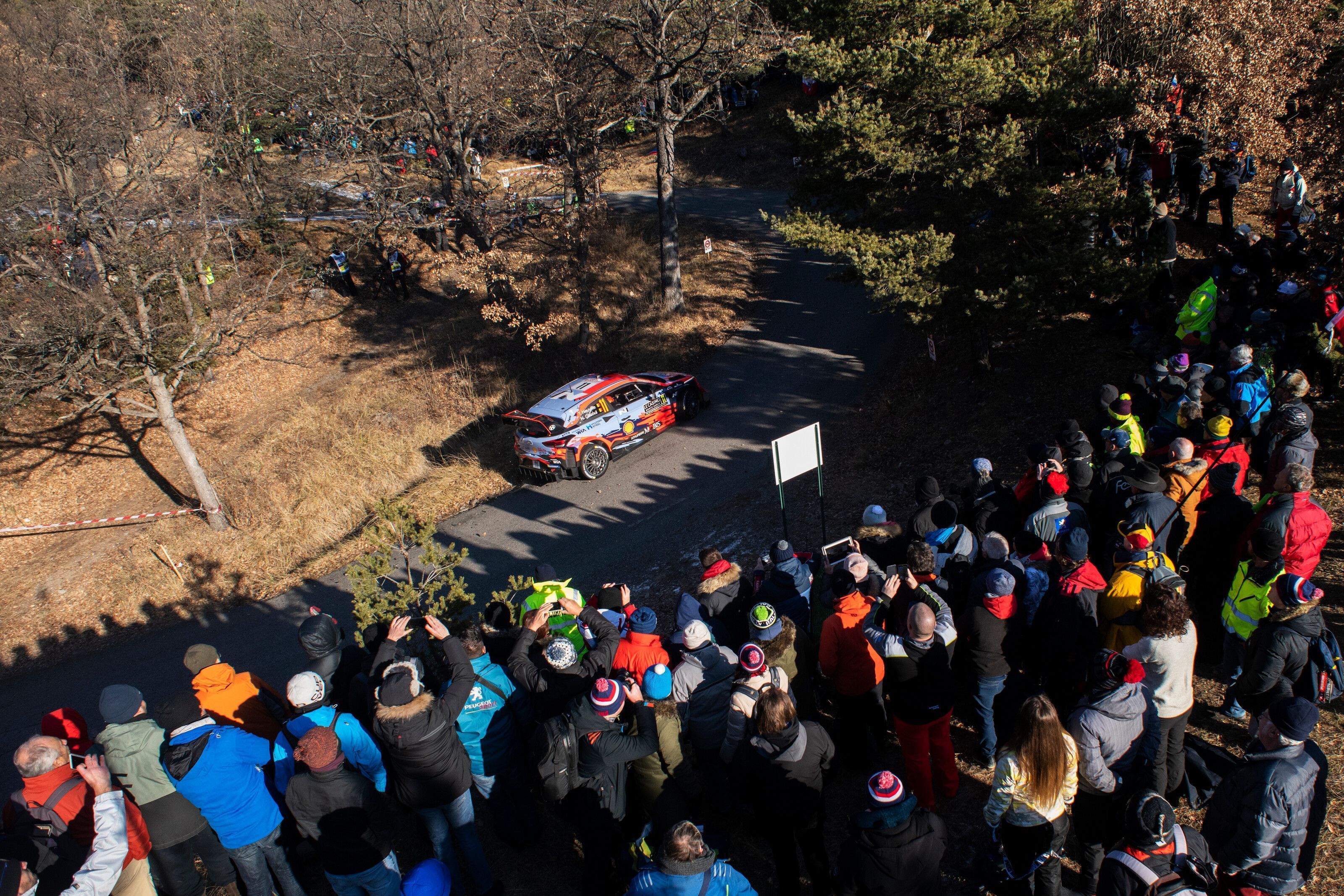The FIA announced a partnership with Siemens, who will provide them with the technological support, for improved rally spectator safety.
With the rally events such as the World Rally Championship and cross-country rallies like Dakar, taking place in such a huge space, where it becomes tough for the organisers to keep track of every location, technical help is all the more useful.
For years now, the FIA and the rally organisers have been trying all to increase spectator safety but still stages have been canceled due to dangers to the spectators. In an increased effort, the governing body has joined hands with Siemens.
The partnership was announced during the Geneva Motor Show with the company providing high-tech assistance to the FIA and the rally organisers ‘to improve the detection of spectators in dangerous locations’.
The statement from the FIA said:
The first step in solving this problem is creating an advanced 2D and 3D simulation using vehicle and trackside arrayed sensor-based systems deployed on Rally stages. These systems include:
- Rapid-fire fusion of data from vehicle sensors via custom neural networking and AI to add a safety-layer around the human-driven vehicles
- Intelligent infrastructure technology including X2X communications that will create a safety-enabling network at Rally events, connecting drivers, spotters, race organisers and spectators
The FIA President Jean Todt was also present during the announcement and he said: “The FIA leads the agenda to connect motorsports and urban mobility in order to inspire change and create a transformative impact on people’s lives.
“This agreement between Siemens and the FIA on a project that involves R&D with the highest level of motorsport and urban transportation technologies will enable us to make racing safer and significantly influence the development of transportation in smart cities.”
Siemens’ Marcus Welz added: “We look forward to working with the FIA to determine how automated and connected vehicle technologies can be leveraged to make Rally drivers and spectators safer and applying what we learn to improve intelligent infrastructure and pedestrian safety in urban mobility environments.”

